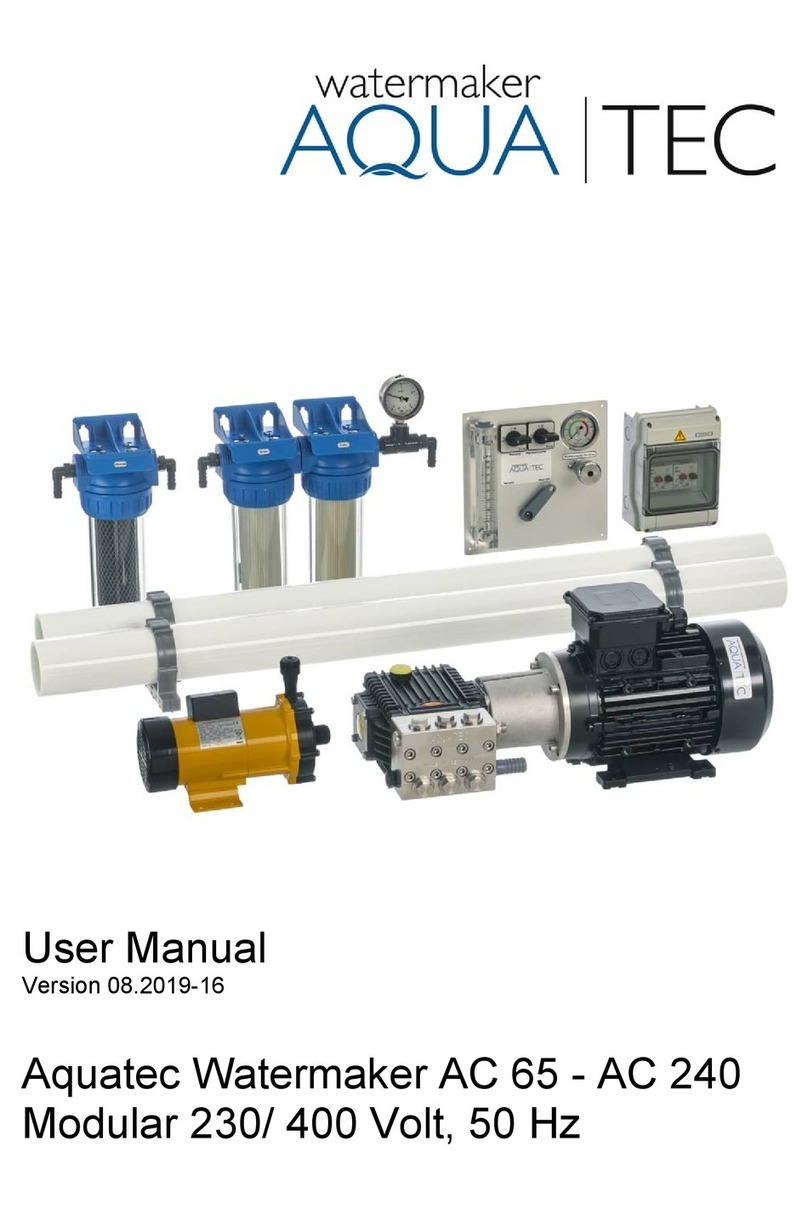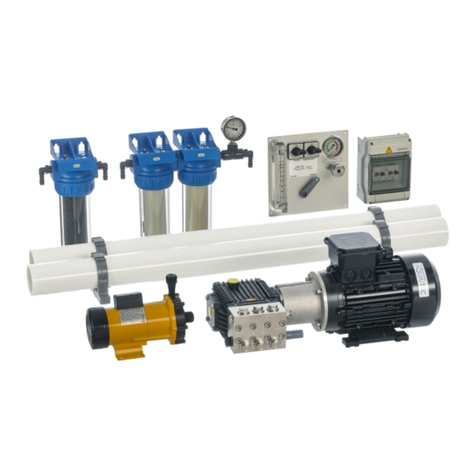
Page 3
Safety First
—
Only qualified personnel should install, operate and repair the pump. Any wiring of
pumps should be performed by a qualified electrician.
DO NOT leave pump cover off the pump chamber,
except while servicing, to prevent entrance of
foreign materials such as rocks, metal, soil, animals
or humans. Prevent infiltration or direct flow of
rain or run-off water into the pump chamber
to minimise pump cycling. This will prevent
overloading the treatment facility, and will facilitate
swi transportation of sewage.
To reduce risk of electrical shock, pumps and
control panels must be properly earthed in
accordance with the local power authority
requirements and all applicable state and local
codes and ordinances.
To reduce risk of electrical shock, always
disconnect the pump from the power source before
handling or servicing. Lock out power and tag.
During power black-outs, minimize water
consumption at the home(s) to prevent sewage
from backing up into the house. Always keep the
shut-off valve completely open when the system
is in operation (unless advised otherwise by the
proper authorities). Before removing the pump
from the chamber, be sure to close the shut-off
valve (this prevents backflow from the pressure
sewer).
Keep the control panel locked or confined to
prevent unauthorized access to it.
If the pump is idle for long periods of time, it is
advisable to start the pump occasionally by adding
water to the chamber.
Keep clear of suction and discharge openings. DO
NOT insert fingers in pump with power connected.
Always wear appropriate safety gear, such as safety
glasses, when working on the pump or piping.
Cable should be protected at all times to avoid
punctures, cuts, bruises and abrasions – inspect
frequently.
Never handle connected power cords with wet
hands.
To reduce risk of electrical shock, all wiring and
junction connections should be made per local
power authority requirements and applicable state
and local codes. Requirements may vary depending
on usage and location.
Products returned must be cleaned, sanitized and
decontaminated as necessary prior to shipment to
ensure that employees are not exposed to health
hazards in handling such material. All applicable
laws and regulations shall apply.
IMPORTANT! Aquatec Fluid Systems
is not responsible for losses, injury, or
death resulting from a failure to observe
these safety precautions, misuse of
pumps or equipment.





























